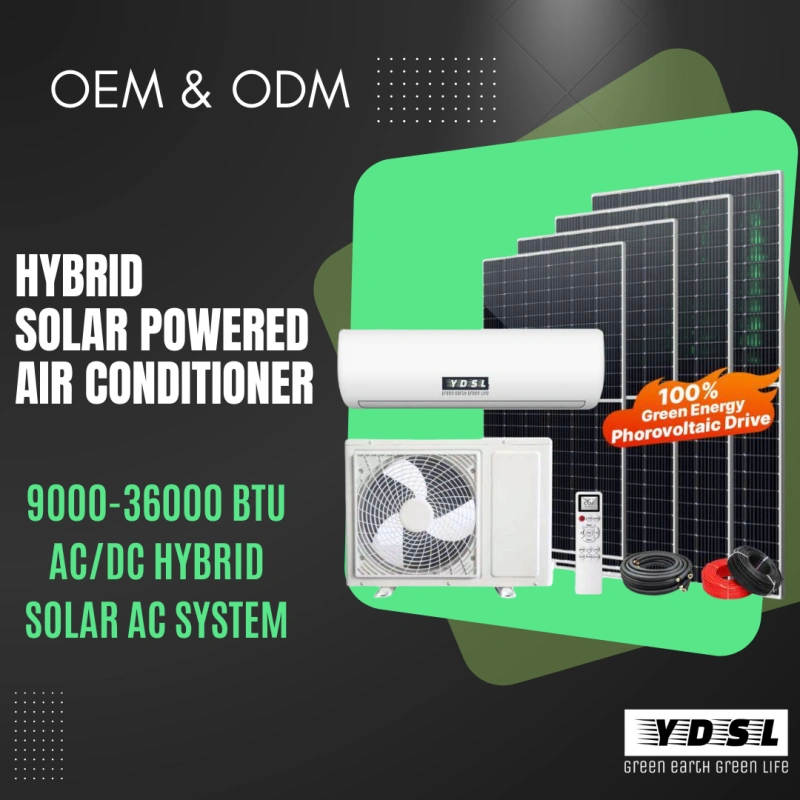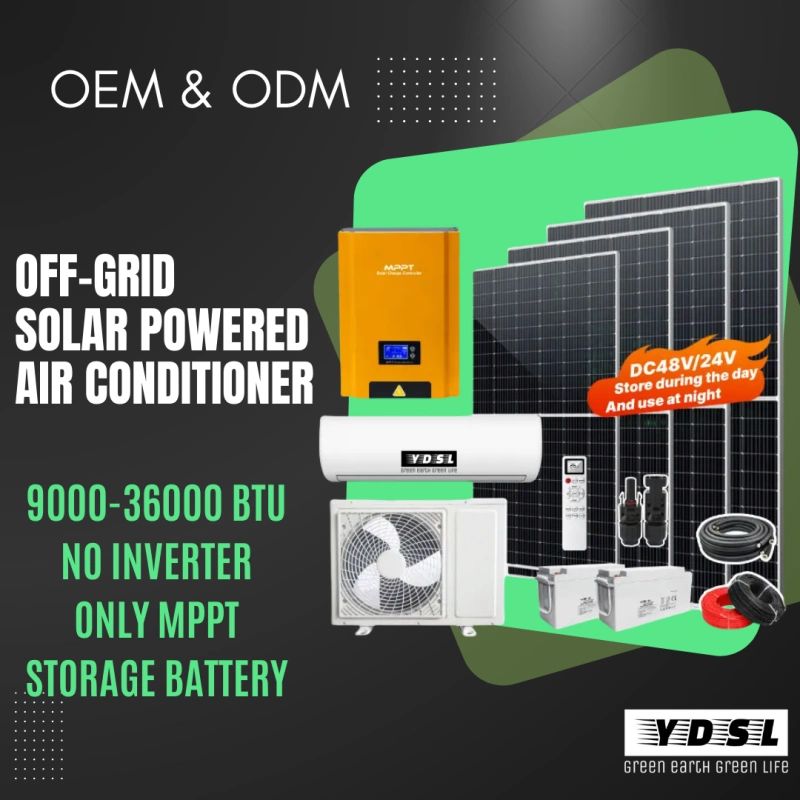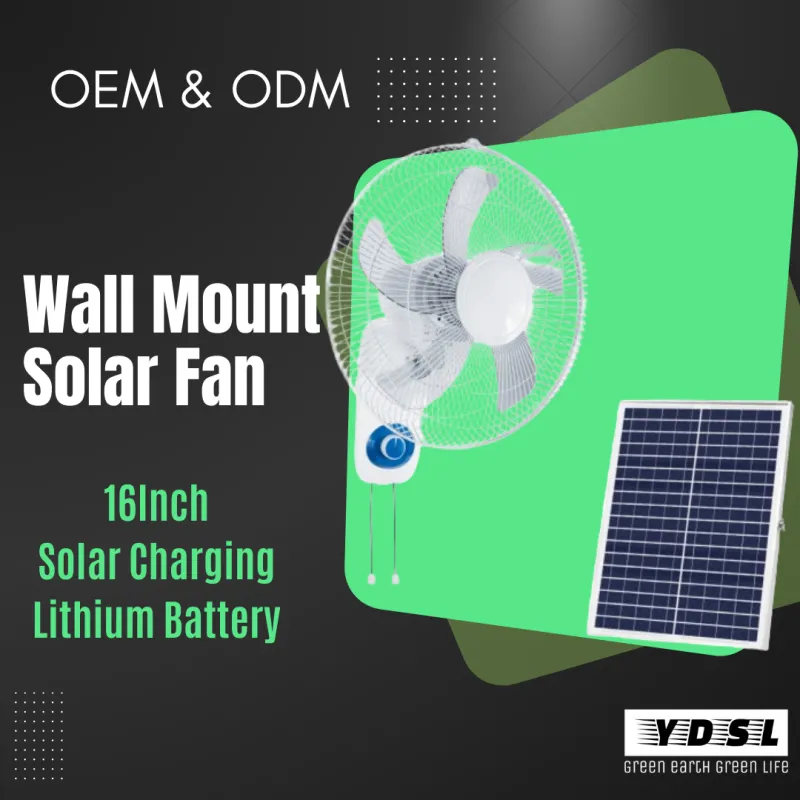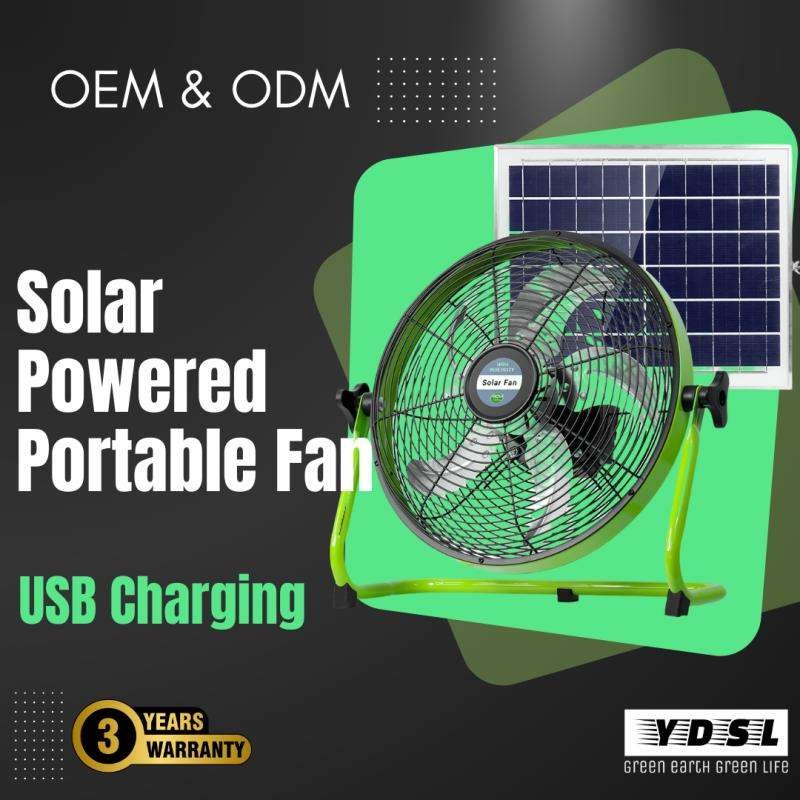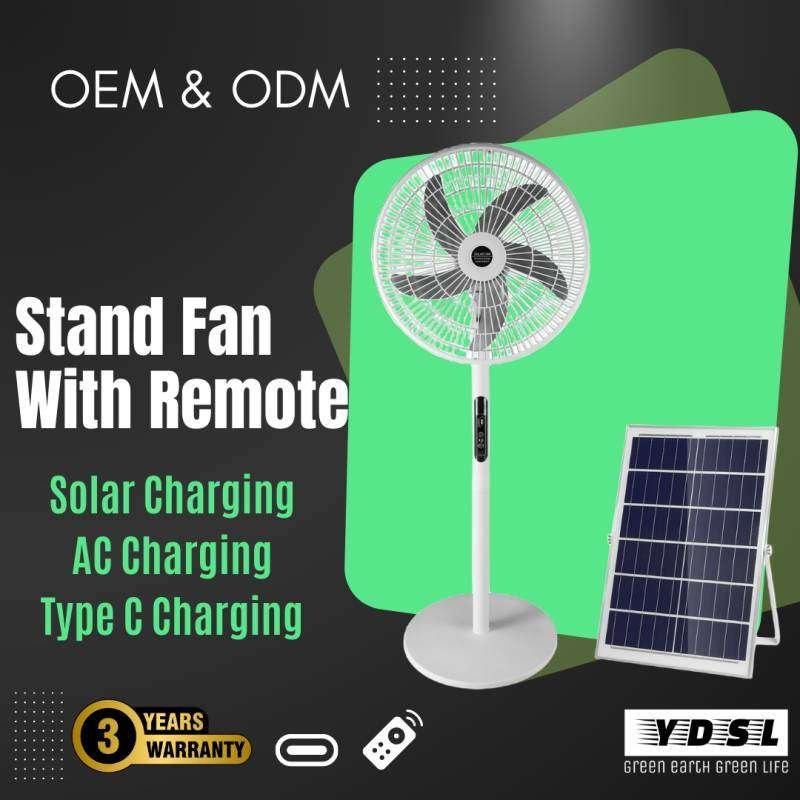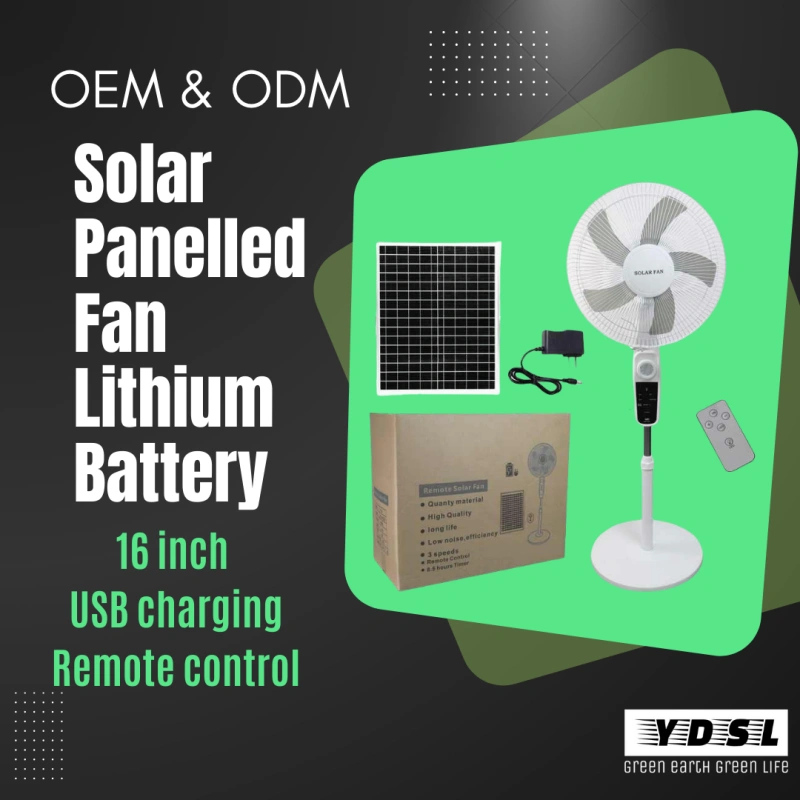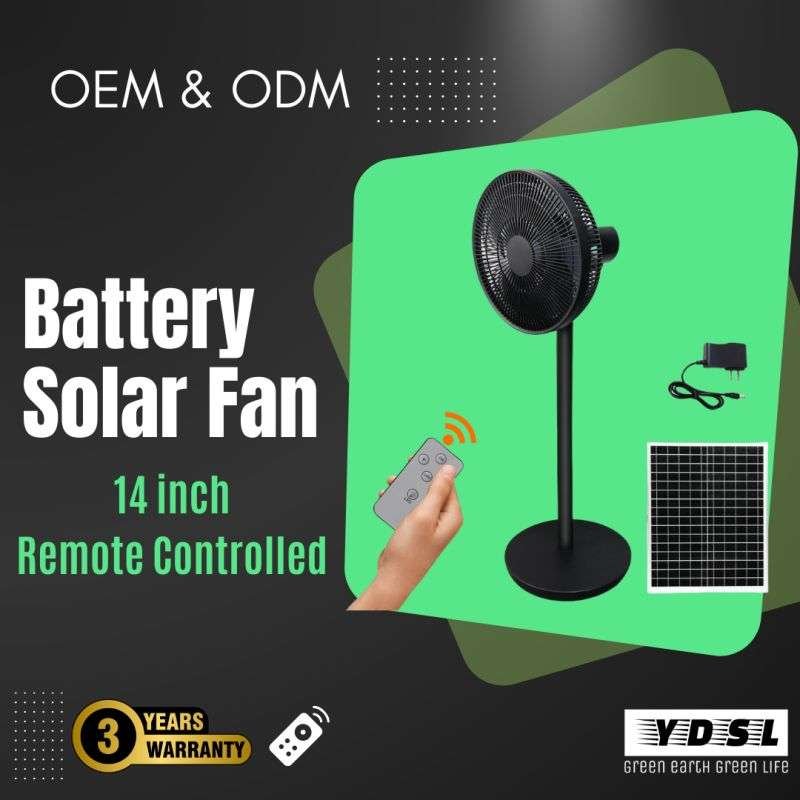How to Build a Solar Powered Air Conditioner?
Quick Browsing
ToggleBuilding a solar powered air conditioner for your home is a great way to reduce energy costs and support sustainability. This blog will walk you through the types of solar energy AC systems, considerations for building one, and the number of solar panels needed to power your solar air conditioning system.

What is Hybrid Solar Powered Air Conditioner?
A hybrid solar powered air conditioner operates using both solar energy and electricity from the grid. During the day, it primarily uses solar power generated from photovoltaic (PV) panels. When solar energy is insufficient, it switches to grid power to ensure continuous operation.
Benefits: Provides flexibility and reliability, ensuring your home remains cool even during cloudy days or at night when solar power is not available.

What is DC 48V/24V Solar Power Air Conditioning?
DC solar powered air conditioners run directly on solar power without converting it to AC (alternating current). These units use 48V or 24V DC power, typically from batteries charged by PV panels. They are highly efficient as they avoid the energy loss associated with converting DC to AC.
Benefits: Higher efficiency and ideal for off-grid applications, maximising the use of solar energy.

What should I choose?
Hybrid Solar powered split air conditioner:
Best for those who need reliability and have access to the electrical grid. Suitable for regions with variable sunlight.
Hybrid solar powered air conditioner unit systems provide the best of both worlds. During sunny days, they primarily operate on solar power, reducing your reliance on the grid and cutting down on electricity bills. However, when solar energy is insufficient, such as during cloudy days or at night, these systems automatically switch to grid power. This ensures that your air conditioning remains uninterrupted and reliable. Hybrid systems are particularly advantageous in areas with fluctuating sunlight and those who need a dependable cooling solution.
Off-grid solar powered direct current air conditioner:
Perfect for off-grid applications or areas with consistent, strong sunlight. Preferred for its energy efficiency and reduced dependency on the grid.
Off-grid solar powered air conditioner units are designed for maximum efficiency by directly utilising the power generated from PV panels without converting it to AC. This minimises energy loss and enhances overall system efficiency. These units are ideal for off-grid locations, where access to the electrical grid is limited or nonexistent. They are also suitable for regions with consistent, strong sunlight. YDSL’s DC solar powered auto air conditioner systems are equipped with Maximum Power Point Tracking (MPPT) technology, which optimises the power output from solar panels, ensuring maximum efficiency and performance. MPPT adjusts the electrical operating point of the modules or array to ensure that the solar power system generates the maximum power under all conditions.
What to Consider Before Building a Solar-Powered AC System
Climate
Assess the amount of sunlight your location receives. More sunlight means more efficient solar power generation.
The efficiency of PV panels largely depends on the amount of direct sunlight they receive. Areas with high solar irradiance are ideal for solar powered air conditioning systems. Before installing a solar powered air conditioner, check local weather patterns and sunlight availability. Tools like solar maps or professional solar assessments can help determine the potential solar energy generation for your location. Ensure that your panels are installed in a position that receives maximum sunlight throughout the day, typically facing south in the northern hemisphere and north in the southern hemisphere.
Budget
Consider the initial investment for PV panels, batteries, and installation versus long-term savings.
The upfront cost of solar powered AC systems can be significant, including expenses for PV panels, inverters, batteries, and installation services. However, this investment can be offset by long-term savings on electricity bills. It’s essential to calculate the payback period, which is the time it takes for the savings to cover the initial costs. Additionally, look for incentives, rebates, and tax credits available for solar installations in your area, which can significantly reduce the initial financial burden.
Space
Ensure you have sufficient space for installing PV panels, typically on the roof or in an open area.
Solar panels require adequate space for installation, usually on rooftops or ground mounts in open areas. A typical residential solar panel is about 1.6 square metres, and the number of panels needed will depend on your energy consumption and the efficiency of the panels. Ensure that the installation area is free from obstructions like trees or buildings that can cast shadows and reduce the panels’ efficiency. Additionally, consider the structural integrity of your roof to support the weight of the PV panels and mounting equipment.
Energy Needs
Calculate your cooling requirements to determine the size and capacity of the solar powered air conditioner system needed.
To size your solar air conditioner for home correctly, determine your household’s cooling requirements. This involves calculating the total energy consumption of your air conditioning units. An energy audit can help assess your cooling needs based on factors like the size of your home, insulation quality, and local climate. Knowing your energy needs will help in selecting the appropriate number and capacity of solar panels and batteries.
Battery Storage
Decide if you need battery storage to ensure operation during non-sunny periods.
Battery storage is crucial for maintaining continuous AC operation during cloudy days or at night. Batteries store excess solar energy generated during the day for use when sunlight is unavailable. The capacity of the battery storage system should be based on your energy consumption patterns and the duration of potential non-sunny periods. High-quality lithium-ion batteries are preferred for their efficiency, longer lifespan, and lower maintenance compared to lead-acid batteries. Consider the cost and benefits of adding battery storage to your solar powered AC unit to ensure reliability and continuous comfort.
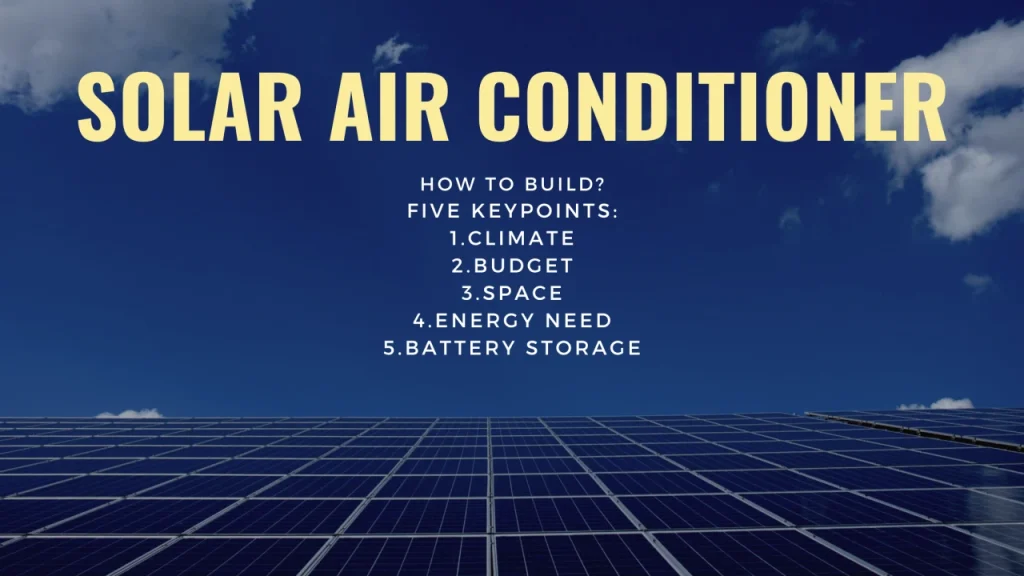
How Many Solar Panels to Power an AC System?
Hybrid Solar Air Conditioner
- 1. Power Consumption: A 1-ton AC unit typically requires around 3.5 kW of cooling power.
- 2. Daily Energy Consumption: If the solar power AC runs for 8 hours a day, the energy required is calculated as: Energy = Power * Time = 3.5 kW * 8 hours = 28 kWh/day
- 3. PV Panel Output: A typical 300W solar panel generates approximately 1.5 kWh/day under ideal sunlight conditions.
- 4. Number of Panels Needed: To meet the daily energy requirement, the number of panels required is: Panels Needed = Daily Energy Consumption / Panel Output = 28 kWh / 1.5 kWh/panel ≈ 19 panels
- 5. If the solar powered air conditioner unit operates for 8 hours a day, requiring around 28 kWh per day, and each 300W panel generates about 1.5 kWh/day, then approximately 19 panels are needed to meet the energy requirement.
DC 48V/24V Off-Grid Solar A/C
- 1. Power Consumption: For the same 1-ton AC unit, the power requirement remains 3.5 kW.
- 2. Daily Energy Consumption: The energy required for 8 hours of operation is still 28 kWh/day.
- 3. Increased Efficiency: Assuming a 10% increase in efficiency due to direct DC usage: Effective Energy Consumption = 28 kWh * 0.9 = 25.2 kWh/day
- 4. Solar Panel Output: With the same 300W panels generating 1.5 kWh/day each.
- 5. Number of Panels Needed: To meet the adjusted energy requirement: Panels Needed = 25.2 kWh * 1.5 kWh/panel ≈ 17 panels
- 6. For the same 1-ton AC unit with around 25.2 kWh/day and each 300W panel generating about 1.5 kWh/day, approximately 17 solar panels for AC units are sufficient under ideal conditions.
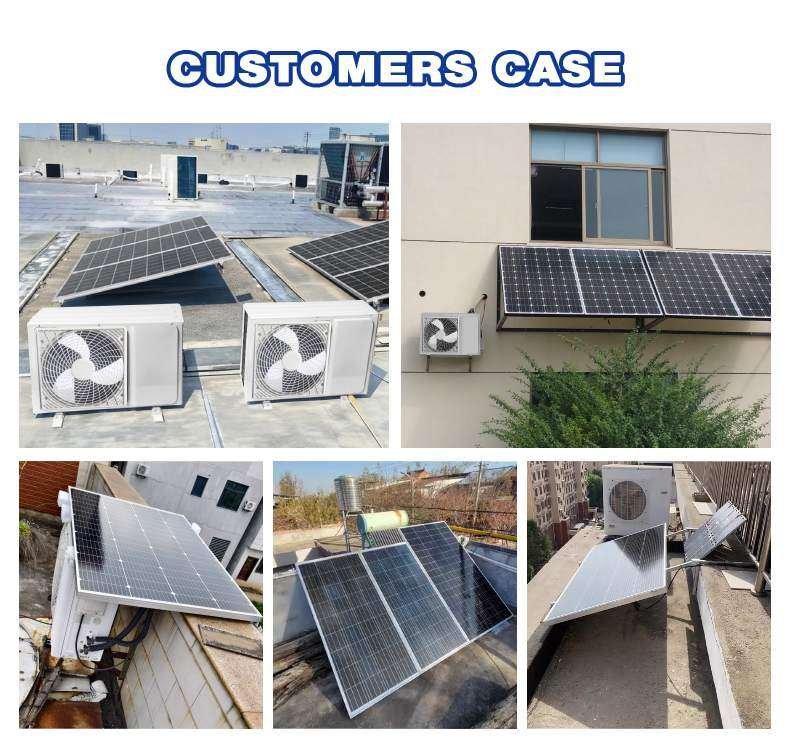
Advantages and Disadvantages of Solar Power Air Conditioners
Advantages:
- Energy Savings: Significant reduction in electricity bills by using free solar energy.
- Environmental Benefits: Reduced carbon footprint and reliance on fossil fuels.
- Off-Grid Capability: Ideal for remote locations without reliable grid access.
- Long-Term Investment: The high initial cost offset by long-term savings and increased property value.
Disadvantages:
- High Initial Cost: Expensive upfront investment for solar panels, batteries, and installation.
- Weather Dependent: Efficiency drops on cloudy days and at night, requiring backup power sources.
- Space Requirements: Need ample space for solar panel installation.
- Maintenance: Regular cleaning and maintenance of panels and batteries are required.
Stay Cool with New Technology from YDSL
YDSL offers the latest solar powered air conditioning solutions in 2024 that combine efficiency and advanced technology. Our systems provide reliable cooling while maximising energy savings, ensuring your home stays comfortable and eco-friendly. YDSL’s off-grid solar powered air conditioner is equipped with MPPT technology, enhancing the efficiency and performance of your solar power system. Embrace the future of cooling with YDSL’s innovative solar air conditioners.
OEM and ODM Support
- Customisation: Tailored solutions to meet specific customer requirements, from branding to technical specifications.
- R&D Collaboration: Joint research and development efforts to innovate and enhance product offerings.
- Quality Assurance: Stringent quality control processes are used to ensure all products meet international standards.
Support for Overseas Wholesalers
- Comprehensive Training: Providing technical training and support to ensure seamless installation and maintenance.
- Marketing Support: Assisting with marketing materials and campaigns to help promote products in local markets.
- After-Sales Service: Offering reliable after-sales service and support to ensure customer satisfaction and product longevity.
Related Products
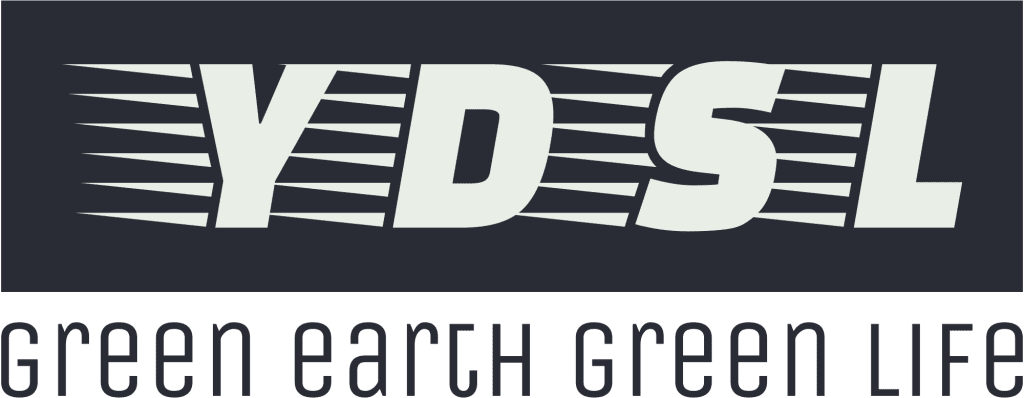
Green lighting for a green life.
Professional and intelligent manufacturer
- Email: info@ydsolarlight.com
- Whatsapp: +86 18912106317
- Wechat: owen17173

